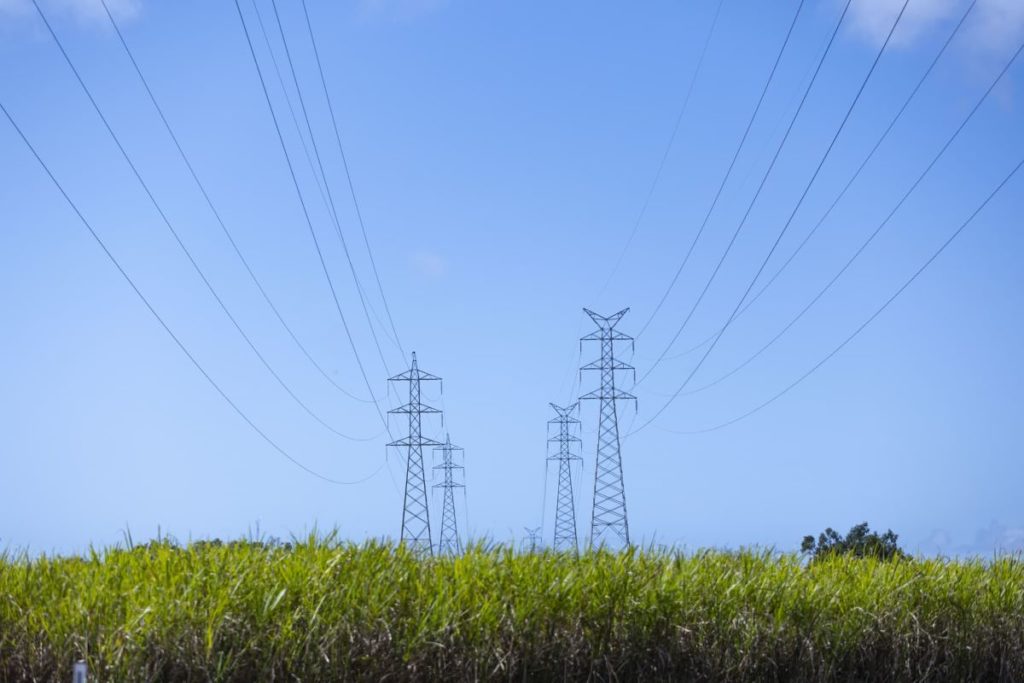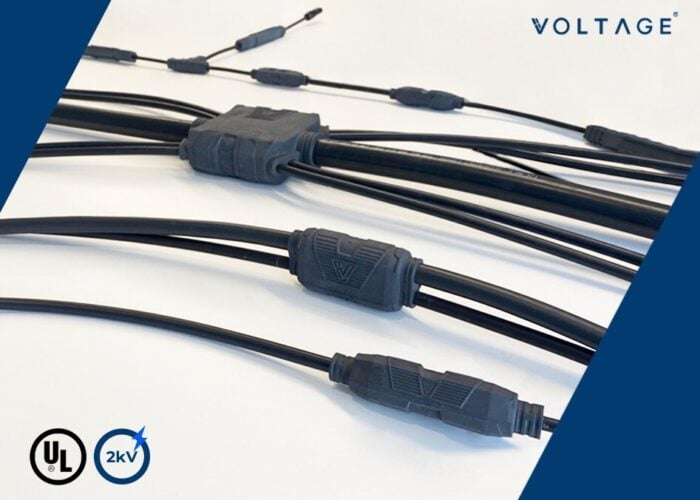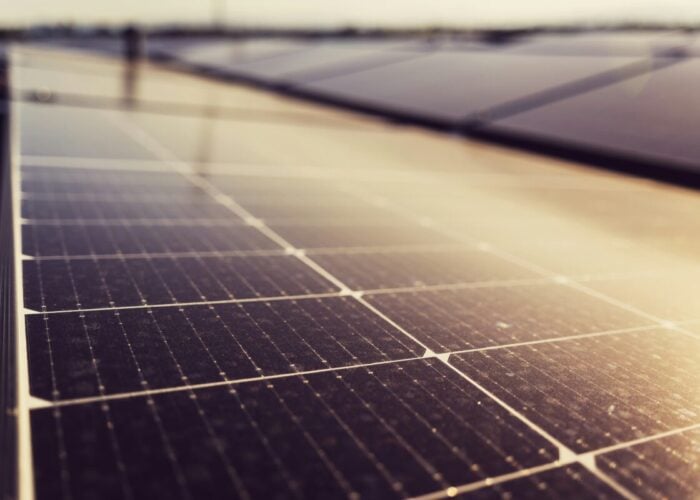
In the past few months, the US has announced several initiatives to improve its transmission lines across the country; Financing from the Department of Energy (DOE) and the Federal Energy Regulatory Commission’s (FERC) final ruling regarding long-term regional transmission planning and cost allocation being the most recent.
These initiatives from the DOE, along with FERC’s Order 1920 ruling, demonstrate that “the US is getting serious about transmission and the need for it”, says Steven Shparber, partner at law firm Mintz.
Try Premium for just $1
- Full premium access for the first month at only $1
- Converts to an annual rate after 30 days unless cancelled
- Cancel anytime during the trial period
Premium Benefits
- Expert industry analysis and interviews
- Digital access to PV Tech Power journal
- Exclusive event discounts
Or get the full Premium subscription right away
Or continue reading this article for free
Last month’s FERC ruling covered two important aspects of transmission across the country: planning and cost allocation. The latter is proving to be a controversial topic and is likely to be appealed.
“Our country is facing an unprecedented surge in demand for affordable electricity while confronting extreme weather threats to the reliability of our grid and trying to stay one step ahead of the massive technological changes we are seeing in our society,” FERC Chairman Willie Phillips said. “Our nation needs a new foundation to get badly needed new transmission planned, paid for and built. With this new rule, that starts today.”
FERC makes final decision on cost allocation
“The reason that’s important is that one of the challenges of developing transmission in the United States has been the question of who pays for it,” says Shparber.
With a growing number of renewable energy projects being built in one state to power another, determining who has the authority to decide who pays for what is an important one. In the end, FERC will have authority regarding that aspect.
“What this rule does is it prescribes a lot of standards and a lot of criteria for cost allocation that need to be followed. It also envisions a robust role for the states in coming up with their input and a cost allocation process, but FERC gets to make the final call.”
This might create some tension as states will argue that if a project is built in their territory but all the electricity generated goes to a different state, they shouldn’t have to pay the costs associated with building the transmission lines from state A to state B.
Shparber gives the example of a project being built in North Dakota, a state with a lot of wind capacity, that might end up powering California. People in North Dakota would argue that they should not bear the cost of building new transmission lines between two states separated by hundreds of miles.
A decision that is not going to leave affected parties indifferent and that was already discussed in the dissent of the commissioner who voted against FERC Order No. 1920.
Legal challenges ahead
Even though the decision went further than expected, according to Shparber—“FERC tends to take more of an incremental step”—it still has a long road ahead of it. The commissioner voted against Order 1920 in the 2-1 result, dissenting on the basis of the cost allocation framework; an element that is expected to be the subject of further discussion.
“A big reason that Commissioner [Mark] Christie was against the rule was that it did not allow states to effectively have a veto over the cost allocation framework,” explains Shparber, adding that: “[The dissent] lays out a lot of potential arguments that parties challenging the rules will want to include in their appellate briefs to the courts.”
Shparber adds that there will be requests for hearings at FERC to reconsider its final rule, as well as appeals on whether FERC has the authority to pass these decisions or not.
“On balance, there will be more cost allocated to customers and states that don’t necessarily want to pay for some of these projects. It remains to be seen exactly how the rule gets to be implemented because the other piece that’s important is that there’s no immediate change.
“FERC has put in about a year period for transmission providers, including RTOs, to work with stakeholders and states to comply with the rule,” explains Shparber. In the coming year, each transmission provider will be required to come up with its own compliance plans regarding the rule.
Another aspect brought up in the dissent, says Shparber, is whether the cost allocation decision passes the major questions doctrine. A novel concept that was brought by the Supreme Court a few years ago in an unrelated case. “It’s a standard of looking at when administrative agencies can and cannot act,” adds Shparber.
Favouring a set of customers over others?
Equally controversial is the inclusion of large corporations’ clean energy goals in the transmission planning process.
Shparber explains that the new rule asks transmission providers to take into account the energy needs of big tech companies such as Microsoft, Amazon or Meta. These companies are developing data centres that are heavy power consumers, and the dissenting argument is that this would favour a set of customers—big tech in this case—over others.
The counter-argument is that knowing in advance where a company is going to build new data centres or new load capacity that will be powered by renewables instead of natural gas would allow the TSO to take this information into account when planning for the future needs of the transmission systems.
20-year plan every five years
According to Shparber, the other big decision from FERC’s Final Rule concerns the planning aspect. Order 1920 aims to standardise long-term transmission planning processes at a regional level while ensuring that planning is over a minimum 20-year period. It also states that planning should be updated every five years and aims to ensure that the best data available is incorporated into planning processes.
On top of that 20-year planning, transmission operators need to consider seven economic and reliability factors. Among these seven factors are production cost savings, reduced transmission energy losses and handling of extreme weather on the grid. With extreme weather becoming increasingly frequent and intense, it is imperative that transmission operators are prepared for these events. Over the past few years, tracker companies have begun to release products to improve the resilience of systems to face extreme conditions.
Interregional planning
Even though FERC’s ruling last month covered a lot in terms of transmission planning, an important aspect that has not been covered in Order 1920 regards interregional planning.
“That’s an issue that’s going to be sort of ‘What’s next?’ There are also already discussions about making additional improvements to the generator interconnection process,” says Shparber. Interregional planning for the transmission system requires more robust rules regarding how RTOs that span several states, such as MISO or PJM, plan their interregional needs.






